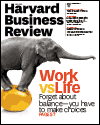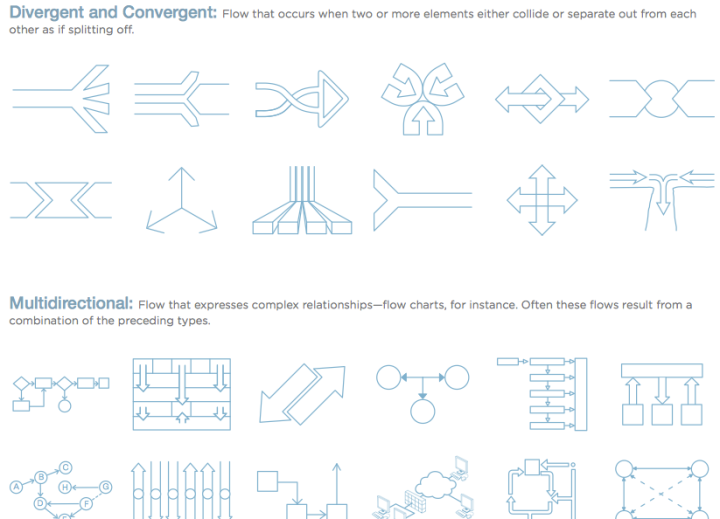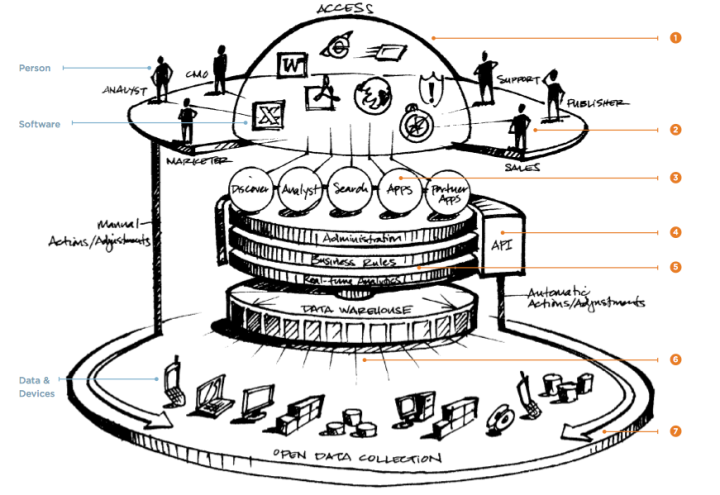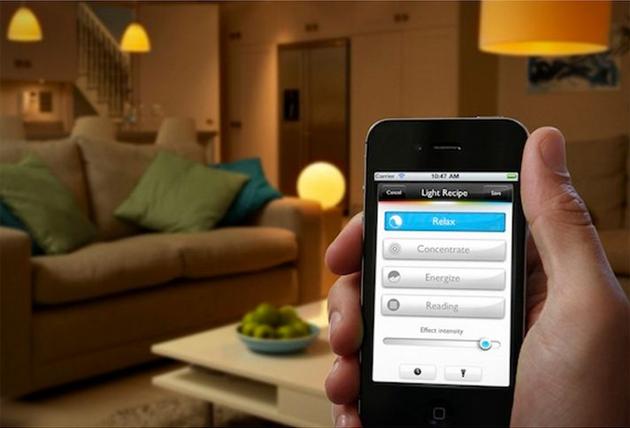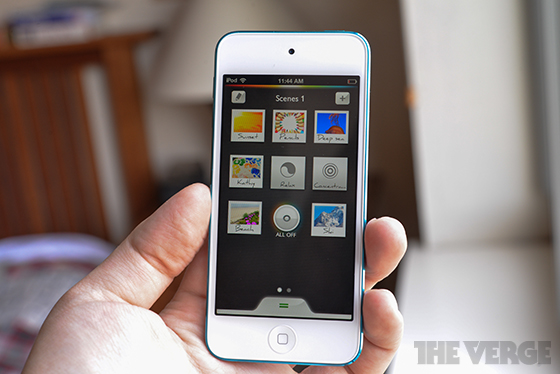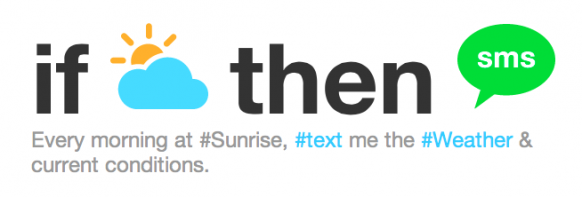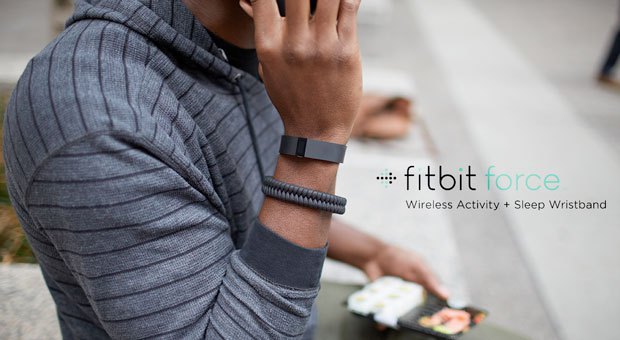It’s not taught in MBA schools, yet it is probably the most critical success factor in the workplace: Followership accounts for the majority of our professional lives. Despite its bad reputation, followership hoists a professional into an organization leader. So potent is this skill set that the army has, in fact, instilled followership curriculums in the late 1970s, updating them ever since, with great success.
Defining Followership
Much has been said about the merits of leadership – a very important quality in the workplace. Leadership, however, does not exist without its flip side, followership. Some researchers go as far as stating that the real decision-makers are in fact the followers, because they make or break the leader’s vision. Followership, in essence, is the willingness and ability to follow a leader.
In large companies, the environment is too complex to affirm that one either leads or follows. In truth, every professional down the chain leads in some instances while they follow in other: The CEO may have authority on many levels into the company, but he has to respond to a board. Team managers may have an authority position with their team, but they must respond to the client. At any given time, professionals are involved in a myriad of interactions that can never be entirely of an either/or nature when it comes to leadership and followership.
Qualities of a Follower
Contrary to popular belief, followers have a tremendous power and impact over what the work and mission being accomplished; they are just as important as leaders, since they make it happen. The concept of followership has long been studied and applied in the army. Already in 1975, Sgt. 1st Class Michael T. Woodward from the U.S. Army’s Infantry magazine published an article defining the scope of a followership course.
From the onset, it becomes clear Woodward does not view the follower as a passive role, but as a crucial, intelligent actor on the stage. In his article he writes: “Effective leadership requires followers who are more than Pavlovian reactors to their leaders’ influences. When followers actively contribute, are aware of their function and take personal pride in the art of followership, then the joint purpose of leadership and followership — higher levels of mission accomplishment — is achieved effectively. Professionalism in followership is as important in the military service as professionalism in leadership.”
Not all followers are made equal. In fact, the spectrum of followership runs along several paths: from dependent to self-managed, from indifferent to having team-spirit, from being detached to having a positive attitude, from being passive to being a contributor, unthinking to competent, amoral to ethical. The idea of following does not entail an element of complete submissiveness: a follower can and should ask questions, challenge, and generally help improve the ideas brought forth by the leader. The motives for following are also an indicator of the quality of the followership: while fear of retribution, blind hope and faith in the leader are a sign of weak followership, intellectual agreement and buying the vision are great indicators for a solid followership base.
Developping Followership
Four main competencies may be developed for great followership: Self-management, commitment, competence and focus, and courage.
- Self management
- Are you thinking for yourself, especially when there is no one working closely with you to supervise you? Leaders may often be swamped with their own deliverables: how well can you help lift off some of the burden without creating additional management work for them? This could mark you as a future leader, and gradually get you more responsibilities in the organization.
- Do you feel you have the ability to deliver the results you want? Do you feel confident about your capability to get things done? Believing in yourself is an important step that can lead you to increased responsibilities over time.
- Commitment
- Are you able to show that you are committed to something beyond yourself, such as the company ideals, the leader’s vision or the mission you are part of?
- Are you able to “buy into” your position and come to work excited everyday, over the possibilities of what you can achieve? This may vary according to how good your leader is at making you feel part of and important to the general mission, but you can also muster some motivation for excellence and achievement from within.
- Competence and focus
- How do you continue to develop existing skills and learn new ones day, after day? Are you always stretching out of your comfort zone to become a better professional? This kind of thinking will certainly reinforce your relationship with the leaders in the organization, while making you gradually more fit to become one yourself.
- Are you proactive about your career development and learning path? Often people around you will not have the time to help you grow, and advise you as much as is possible. Do you actively find mentors to learn from? Do you seek continual education to better yourself? Opportunities to take on new mandates and assignments to learn new skills? Proactivity is a key element to your growth.
- Courage
- Do behave as a competent, thinking individual, or just as a “yes man”? The value of intelligent, challenging followers to a leader is priceless: it can build a good idea into a great idea, collectively.
- When you disagree, do you stand up for your beliefs? Even though it is scary at first, it will earn you respect over time, and mark you as a true leader.
Followership is only a beginning
In the quest for leadership, followership will accompany you everywhere. No matter the position you will reach, and the title you will be granted, true leadership also means stepping down at times and letting others lead. Followership gives the long-praised value of “team work” a new meaning: lead and follow in turns, as both will help your organization further its vision and projects. It is your willingness to listen to, work with, and help others in the organization that will truly set you apart as a leader, down the road – not your constant competing or fighting to be heard and followed.
Sources :







